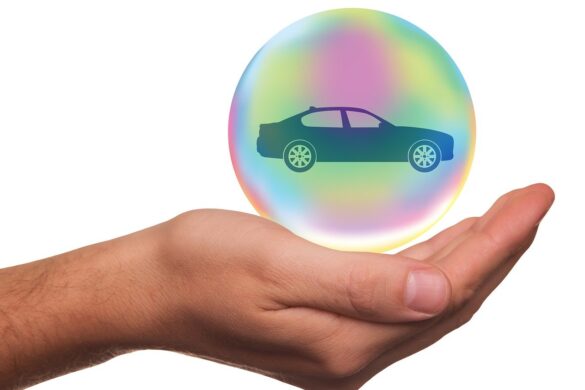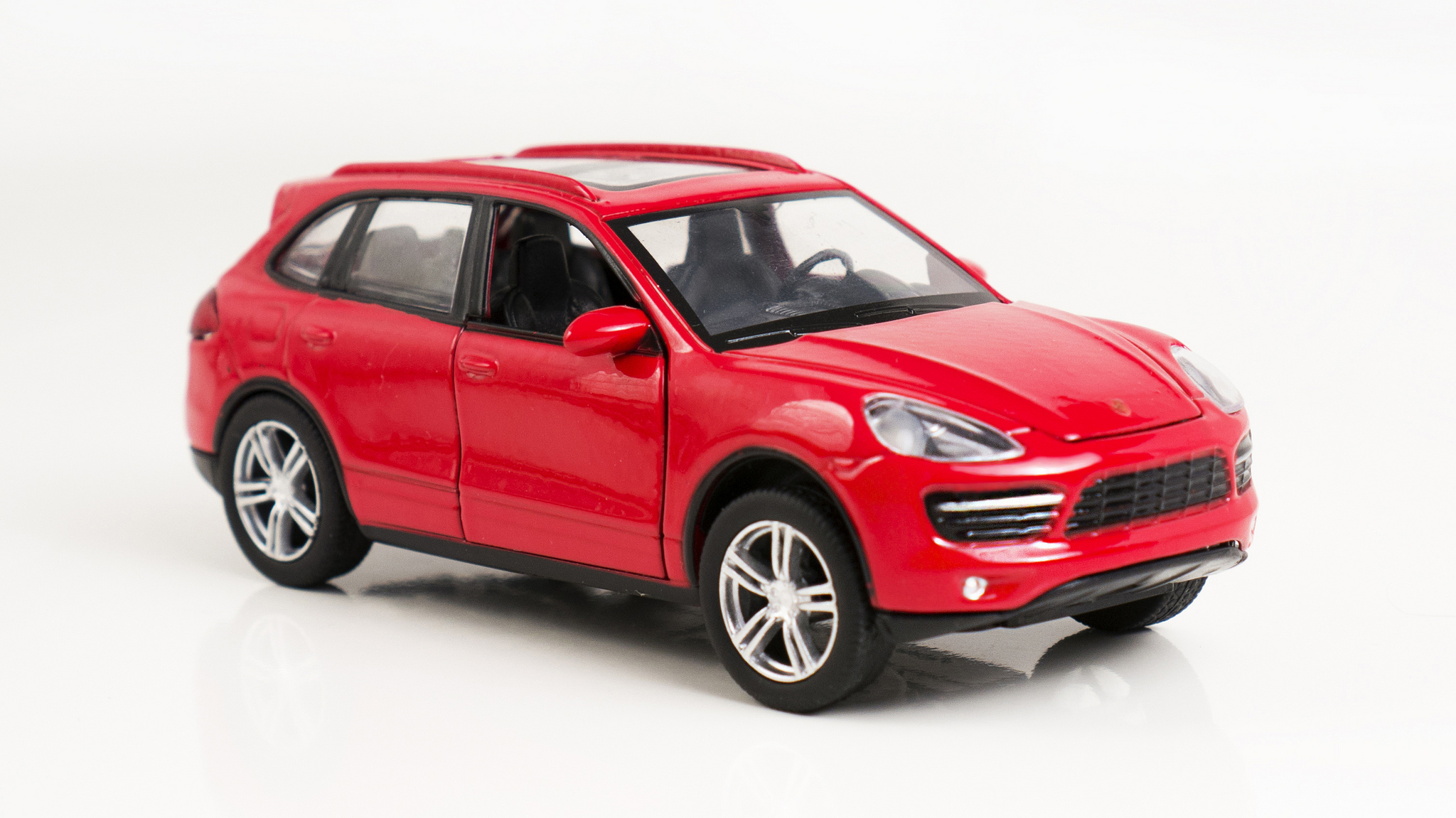
Being a newbie in the hectic driver’s world is stressful enough. There are things that cost a lot of nerves even the most experienced drivers or small casual driving activities that we just hate without any apparent reason, like refuelling, carwashing or overtaking.
The feeling of stress behind the wheel is not a sign of immaturity or lack of skills. It’s a perfectly normal human reaction. It means that you are aware of the importance of your decisions on the road and of being careful with other road users.
However, stress can also be a very distracting and harmful factor than can even cause some damage while driving. It’s worth to educate yourself about how you can avoid possible stressors and how to deal with them as a driver. In that spirit, we’ve put together this article with tips on safe and calm car trips!
From L to P
When you’re driving with your driving instructor through the city your car has to have an L plate applied, so all the road users are properly informed who they have to deal with! Right after passing your exam you should also put a special plate on the car: a P plate. It lets others know that you still a newbie getting used to the living traffic. This way they will rather pay extra attention while driving next to you, which can save you many unpleasant and stressful situations.
Get to Know Your Mechanical Friend!
Getting the driver’s license is half the battle. The automotive world is unbelievably wide and is developing at an incredible rate. Staying current with all the mechanical trends is almost impossible but it’s still worth to be interested in the technical novelties.
The OBD II Scanner
One of the driving technology wonders is the OBD scanner. OBD stands for On-Board Diagnostics. From 1996 the system of OBD II became lawfully obligatory. Basically, you can see it as a port where you put the scanner unit’s cable to. The port is an outlet of a whole monitoring system placed under the dash. The system is directly connected to all crucial parts of a car.
Thanks to the OBD II scanner your car can communicate with you through a special language — trouble codes. There are some more complicated codes that only an advanced professional scanner can interpret. Although, most of the trouble codes you can understand with a little help of an OBD II mobile app (you can navigate to this website to learn more) which will tell you precisely what’s going on in your car.
The horror of the blinking check engine light or car dying at the traffic lights doesn’t have to be your worst nightmare anymore. It usually is a really minor malfunction that you can either deal with by yourself right at the spot or in your garage. In case it’ll appear to be something more serious (depends on the OBD scanner’s communicate) just take your baby to an auto mechanic.
Make a Realistic Plan
It doesn’t matter if you’re going to travel abroad with your car or just making a trip to your doctor’s office. Every car ride can be a cause of stress! That’s why it’s worth to take your time and plan the road carefully. Here are a couple of aspects to pay attention to.
Fuel tank level and gas stations
Don’t do this to yourself and avoid driving on low or reserve fuel. Keep your tank full for your mental peace’s sake! Of course, you can never perfectly predict what’s going to happen on the way and how much fuel exactly your car will use up. To stay calm always have a map of gas stations you’re going to pass! Plus, the gas station also means toilets — another stressor to cross out!
Navigation
The holy GPS — another technical wonder! With on-board navigation, you’ll be informed not only about your location but also traffic jams and accidents. The GPS unit will show you alternative routes and estimate the time needed to get to the wanted spot.
Time
Take your time. Simple. Leave earlier — a reserve of time will clear your mind. It will also help you get to know your neighbourhood and your most-used routes. Remember that even if you’ll leave late, never rush anywhere! It’s about your and other’s safety. Being late is better than being injured.
And Last but Not Least
Know your limits! You have to be aware that there are circumstances when you simply shouldn’t be driving. If you’re extremely tired, hungover or overwhelmed with strong emotions, driving is not the best idea. Not to mention being under the influence of alcohol or different intoxicating substances.
Stay focused and drive safely!








